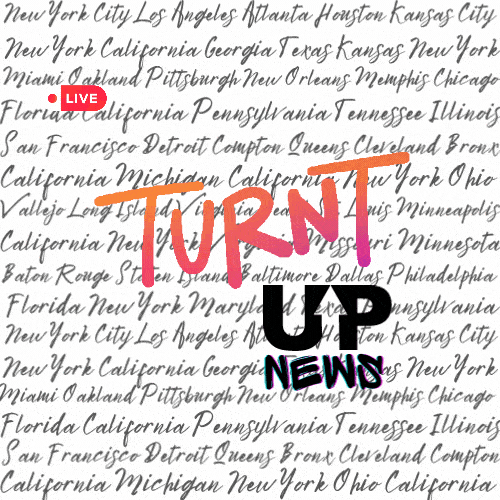🏛️ 🎓 “Supreme Court Cancels Race Card in College Admissions, Seeks New Shuffle for Diversity” 🚫💼🌈
TL;DR; 👀:
Our Supreme Court has gone all “No Race Zone” 👮♂️🚫 on college admissions, obliterating affirmative action. Universities are now frantically scouting new game plans to create diverse campuses 🏫🌍. The decision, with a 6-3 score, knocked out race-based admission plans at Harvard and University of North Carolina. So, sayonara 👋 skin-tone consideration, hello… what exactly? 🤔
On a Thursday that’ll go down in history, our high and mighty Supreme Court ruled that race can no longer strut its stuff on the college admissions runway. 🏛️👩⚖️👨⚖️ So, if you’re picturing universities waving goodbye 👋 to affirmative action and scrambling for new ways to foster diversity, you’re right on the money! 💡💼
The majority, which leans conservative, put the kibosh on Harvard and the University of North Carolina’s admissions plans. So, our nation’s oldest private and public colleges, respectively, just got handed a new homework assignment: crafting a diverse student body, sans race consideration. Can they ace it? 📚🧑🎓
Chief Justice John Roberts made his stance crystal clear. He said universities had mistakenly been judging students not by their achievements, but by the color of their skin. 🧑🎓🎨 That, he said, is a no-go in our constitutional history. On the flip side, Justice Sonia Sotomayor passionately disagreed, calling this move a step back in time. Who’s right? 🤷♂️
Here’s where it gets even more interesting: Justice Clarence Thomas, only the second Black justice ever, seemed to think that universities’ policies were rudderless, race-based preferences. On the other hand, Justice Ketanji Brown Jackson – the court’s first Black female justice – mourned the decision as a “tragedy for us all.” ⚖️💔 Whoa, talk about a debate. 🍿
It’s essential to remember that this isn’t the first time the Supreme Court has tangoed 💃🕺 with race-conscious college admissions programs. Twice in the past 20 years, they gave such programs the green light, most recently in 2016. But since then, the court has welcomed three appointees from former President Donald Trump, and let’s just say they weren’t fans of the practice. 🧑⚖️🔄
Here’s the meaty question though: What’s next for achieving diversity in our educational institutions? Can universities look beyond race and still create a melting pot of cultures and experiences? 🏫🌍🔍
Edward Blum, a conservative activist and the brain behind these affirmative action challenges, thinks so. His group, Students for Fair Admissions, believes the Constitution forbids race use in admissions. They propose focusing on socioeconomic status and booting preferences for children of alumni and major donors instead. Will this work, or are they missing the mark? 🤔💡
These questions aren’t just for the intellectuals in ivory towers. This issue hits home for all of us, whether you’re a student, a parent, or just an average Joe who cares about equal opportunities. What do we want the future of education to look like? How do we make it fair, diverse, and inclusive without resorting





